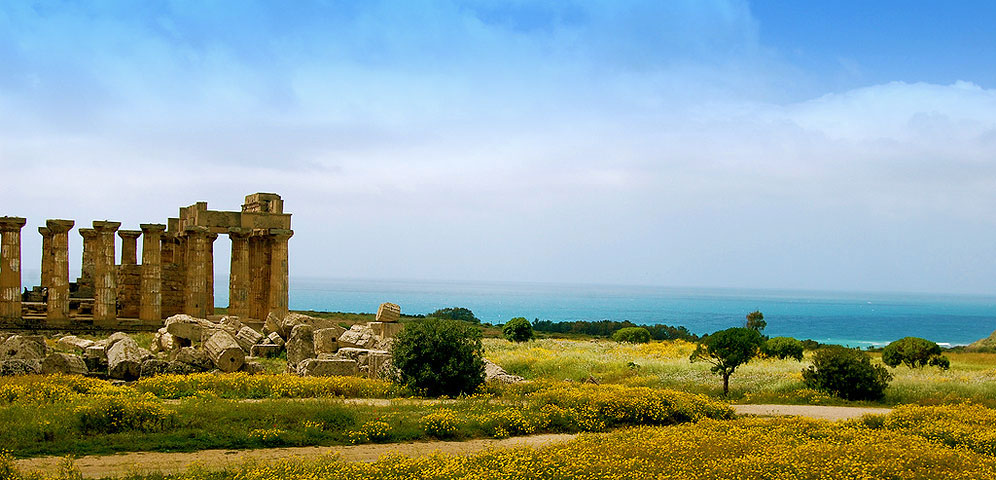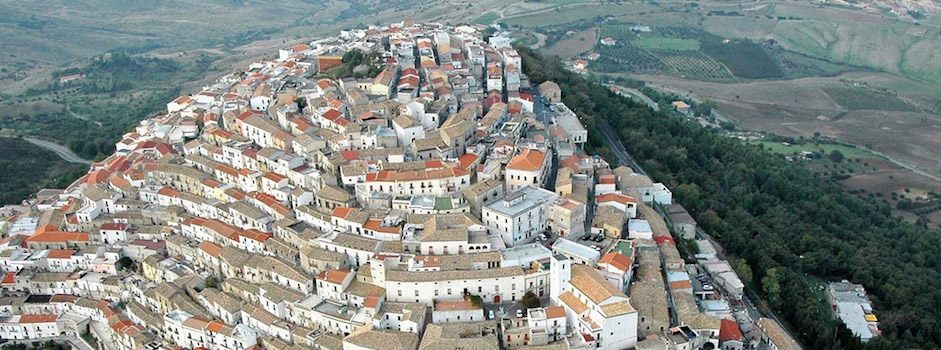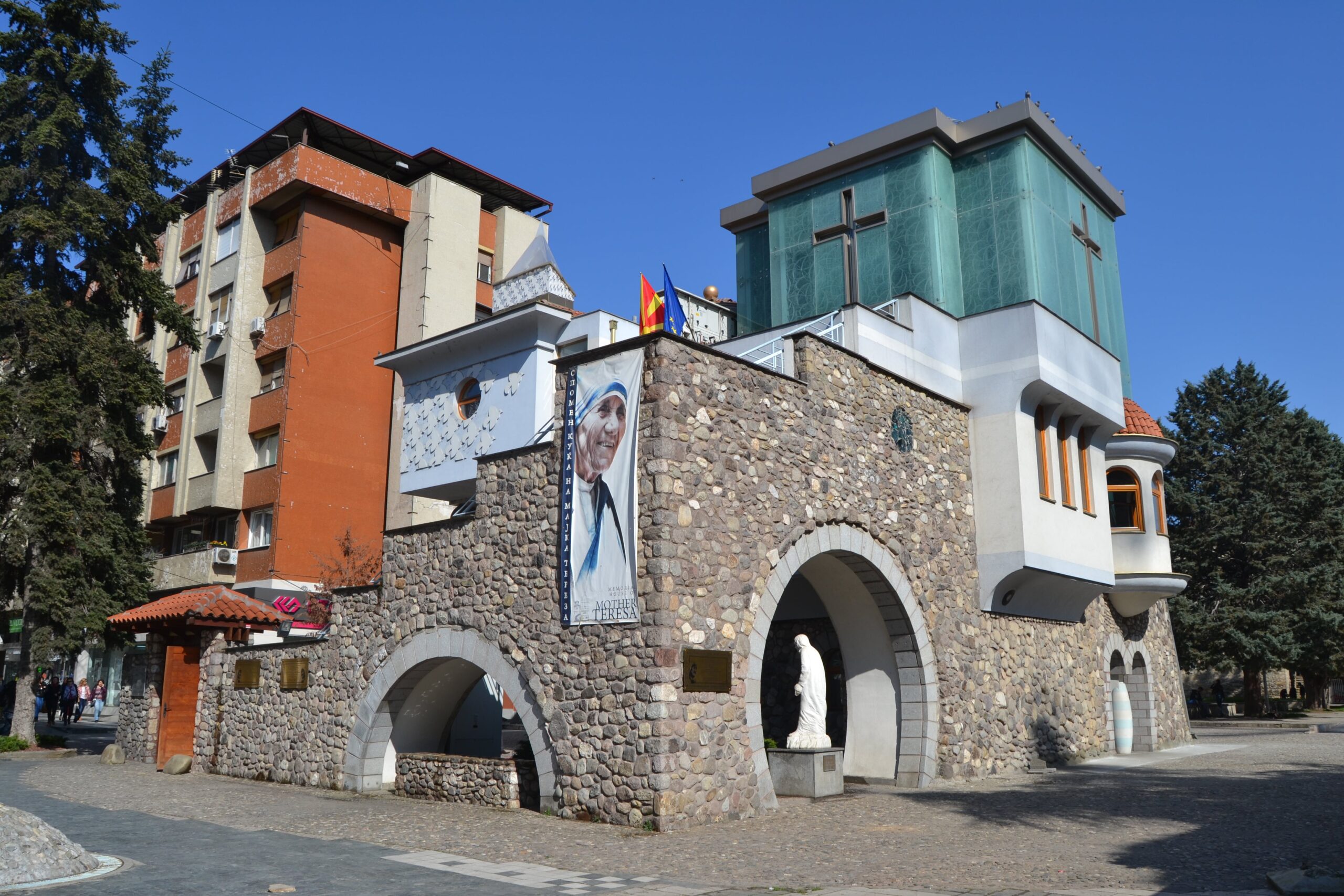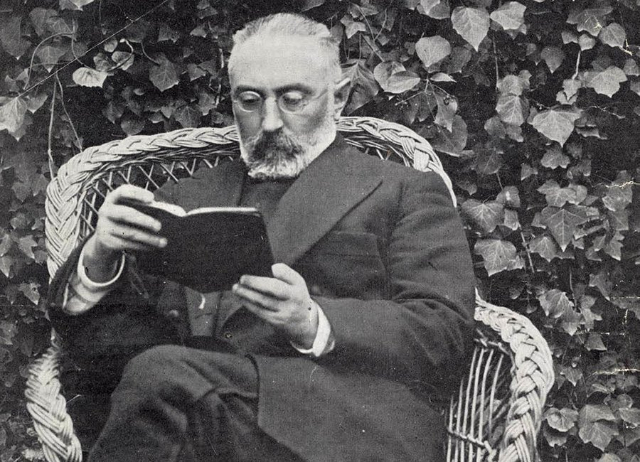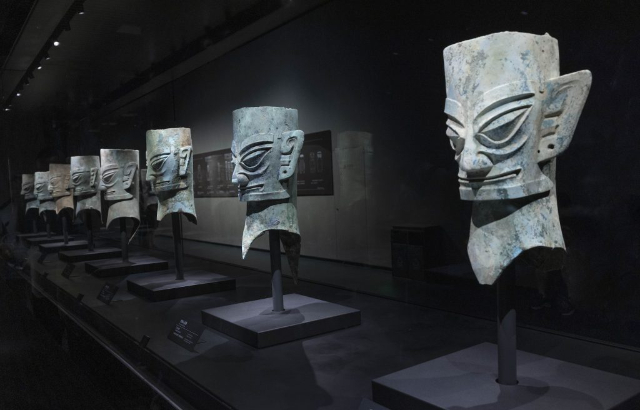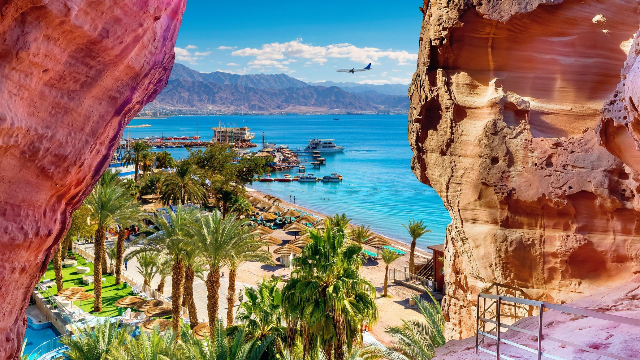Sita near the mouth of the river where it still grows the wild parsley (selinon) that gave the name to the course of water and to the city, it took advantage of its happy position to exercise its fruitful trades above all with the Punici that lived in the more western part of the Sicily.
It was founded by the Megaresi of Sicily in the second half of the seventh century BC in the vicinity of two ports-channels, now silted up, extremely versatile for the installation of intense maritime trade. It was thanks to this wise exaltation of the geographical role of Selinunte that their inhabitants, in the arc of little more than two centuries, reached an economic prosperity that has few comparisons in the Greek and Siceliota / Magna-Greek world. They built and expanded a city of grandiose dimensions, providing it with numerous buildings of worship and public works of the highest quality.
Unfortunately Selinunte, perhaps despite himself, was involved in the climate of hostility that came to create between Greeks and Punics at the end of the fifth century BC. So from 409 BC onwards lost its urban splendor by becoming an important commercial center Punic. Without more look at the finesse of its urban structure the Punics placed simple houses a bit ‘everywhere, even among the ruins of the temples, subverting the original functional articulation of the areas. The Greek urbanistic plant is placed to the highest levels of the history of the modern urbanism.
The incredible number and quality of the temples is, indeed, a peculiarity selinuntina.
On the acropolis the Greeks erected four temples parallel and close to each other in the southern area destined for worship and public activities, as well as other smaller temples older or later. The temple O, the southernmost, had six columns on the front and fourteen on the long sides.
It was flanked by the temple A, almost similar. The letters that designate them show the difficulty of their identification in terms of cultural destination. However it could be Poseidon and the Dioscuri, basing ourselves on the famous "Great Selinuntine Table", a true catalog of the city cults, found in temple G, on the eastern hill.
The southern sacred area of the acropolis of had, in its highest part, two temples of greater dimensions: the C and the D. The temple C, one of the first to be built and partially rebuilt about half a century ago.
It is one of the oldest examples of Doric temple architecture in existence, being dated to the first half of the sixth century BC. It has six columns on the short sides and seventeen on the long ones.
Its plan is greatly elongated, as well as columns, partly monolithic and triglyphs (the elements that separated the metopal spaces on the lintel). These spaces, on the short sides, were decorated with metopes partly recovered and preserved at the Museo Archeologico Regionale A.Salinas in Palermo.
The roof was decorated with rich and colorful terracotta bas-relief decorations depicting floral elements, while the front tympanum (the triangular space above the lintel) presented the giant head of Gorgon (mythological monster grotesquely terrifying appearance) that reveals the ability of coroplasti selinuntini. On the eastern hill the heaps of ruins assume grandiose dimensions. The three temples built there collapsed under the blows of earthquakes.
One of them was rebuilt, the temple E, dedicated to Hera or Aphrodite. Its current conformation reflects its final state, assumed around the middle of the fifth century BC. Recent excavations have shown that, almost overlapping, two other similar temples were built earlier from the earliest stages of life of the colony.The temple E had some metopes figured that adorned its front. They were made with local calcarenite, but for the naked female parts marble was used.
They represent Heracles with the Amazon, the sacred wedding of Zeus, Artemis and Actaeon, Athena and Encelado. But the most impressive ruins are, without doubt, those of the colossal Temple G, the largest of the sanctuaries of Selinunte and among the largest of the entire Greek world. It was 113.34 meters long by 54.05. The columns were 16.27 meters high and the capital alone was 16 meters in its upper part. The total height was about 30 meters. It is thought that its construction was begun around 530 B.C., but it could never be completed as the destruction of the city came early.
It is not yet certain about the deity to whom it was consecrated. But it is not mistaken if it is identified or in Apollo or in Zeus, thanks to the reading of the already remembered "Great Selinuntine Table". On the base of the same document it seems probable that the temple had been used also to seat of the "public treasure", that is a place of sure deposit of the values of the city. The fact that in the same years the Selinuntines erected their own ‘thesauròs’ (their diplomatic representation, we would say today) in Olympia offering as a gift a golden ‘sélinon’ (that is the representation of the city’s vegetable symbol), would suggest an attribution to Zeus of the colossal temple that has comparisons only with the Olympeia of Syracuse and Agrigento and with some temples of the Greek colonies in Asia Minor.
The area was densely repopulated during the Punic occupation of the city with numerous houses that used the existing ruins as building material. Among the houses, quarter by quarter, the Punic placed small sacred areas without a precise urban criterion. Of the rest they were constituted from simple quadrangular rooms where, on improvised altars of clay, various animals were sacrificed. The ashes of the sacrifice were, finally, deposited in vases and amphorae of various shapes in a corner of the same room. It was, in short, small tofet rionali that nothing had monumental.
About the sacred monuments post-Greek would do wrong to the Punic if you wanted to deny them any architectural intent. In fact they realized a small temple with four frontal columns with Ionic columns and Doric entablature just at the corner of the temple C. This is the temple B, a typical example of mixing different orders in vogue among the Punic who, without strict architectural rules, could indulge in eclecticism of various kinds. Even the cultic function had to be realized in the devotion to the eclectic figure of Asclepius (Eshmun for the Punics). It is probable that in this example of architectural and cultural mixture the presence of Greeks remained in the city even after the Punic conquest.
Both the acropolis and the residential area of Manuzza were surrounded by a mighty system of defensive walls almost totally destroyed. The walls visible today that surround only the acropolis were erected shortly before the final fall of the city in Punic hands. Even the Punic, finally, made changes to make their stronghold well defended until the Roman conquest of this part of the island.
Towards the East a mighty stepped wall immediately strikes the visitor for its geometric regularity. This is a section of the wall that, in addition to having the function of continuing the defensive curtain of the acropolis, was created to contain a huge embankment provided for the enlargement of the upper sacred terrace.
The construction of temples had, in the second half of the sixth century BC, created problems by greatly reducing the sacred area of the acropolis. In reality, such monuments were not able to have that visual breath that only a wide esplanade in front of them could give. It was thus that, with imagination and ingenuity, two problems were solved with a single walled work: to give monumental breath to the temples and to give the city solid defenses.
The position of the acropolis was extremely privileged for its protenders
